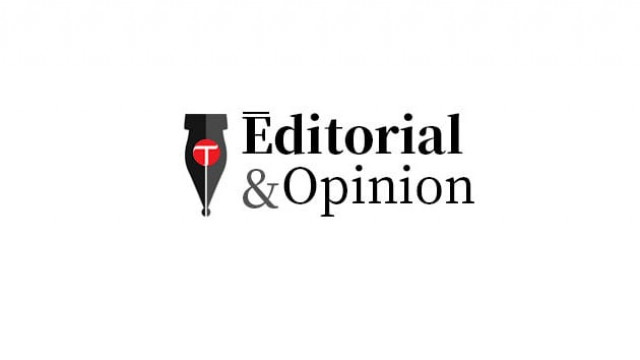Galloping debt
Government will indeed think out of the box in order to get out of this debt trap

Our public debt is literally galloping. According to the finance ministry spokesperson, Mohsin Chandna, the total public debt, which is the sum of domestic and foreign loans, has reached a mammoth Rs36.3 trillion — or $216 billion, if calculated at the rate of 168 rupees to a dollar — as of June 30, 2020 from Rs24.95 trillion as of June 2018 and Rs18.2 trillion as of June 2013. This shows an increase of Rs11.3 trillion over the last two years during which the Imran Khan-led PTI was holding the reins of power. While the borrowing in the two years of the incumbent government already equals what each of the PPP and the PML-N governments had borrowed during their full five years at the helm, Prime Minister Imran Khan’s economic team plans to seek another $15 billion (or Rs2.52 trillion, if calculated at the current rupee-dollar parity) foreign loans during the ongoing fiscal year aimed at servicing its maturing external public debt and building official foreign exchange reserves.
Debts are not bad if utilised properly. If invested in development projects, they can create jobs and generate taxes to bring socio-economic progress in the country. This is how debts can spur commercial activity to achieve economic growth in the country, thereby outweighing the cost of borrowing. But that has never been the case with Pakistan. We have long been borrowing money to service the money borrowed earlier, only seeing the debt pile on and on. The current bailout agreement with the IMF is a fitting reference to the context. Of the $6 billion loans that we are to get from the IMF over the course of 39 months, only $1.85 will actually come into the government coffers and the rest will serve to retire the debt obtained from the same global lender previously.
Pakistan’s total public debt i.e. Rs36.3 trillion stands at 87% of Gross Domestic Production (GDP) as against 72.5% at the time the PML-N government left the power corridors in May 2018. This high debt-to-GDP ratio raises serious questions about the sustainability of the colossal debt. The government justifies the galloping debt, saying that it was compelled to borrow Rs1.9 trillion more by the end of the previous fiscal year just to finance the budgetary deficit that widened because of the rising cost of debt servicing; even though the rise and rise in the cost of debt servicing is the effect of the growing volume of debt itself, as well as the SBP’s interest rate that nearly doubled — from 5.75% to 13.25% — during the incumbent government’s two year in power, before starting to come down in the wake of the coronavirus pandemic hitting the country.
That we are in a debt trap goes without saying. Prime Minister Imran Khan has, time and again, pledged policy measures to curtail this massive burden on the national economy. Just last year, in February, the PM had vowed to slash the public debt to Rs20 trillion. In sheer contrast though, the policies adopted by the incumbent government have rather worked to aggravate the situation. Borrowing at a rate much faster than the previous rulers, PM Imran has rather added 45% to the total public debt in just two years. Adopting a market-based exchange rate regime that saw the dollar scale unprecedented heights and keeping the interest rate high to attract hot money only added to the debt burden, reducing the fiscal space for the government to focus on development projects and public service initiatives.
The government will indeed think out of the box in order to get out of this debt trap.
Published in The Express Tribune, August 23rd, 2020.
Like Opinion & Editorial on Facebook, follow @ETOpEd on Twitter to receive all updates on all our daily pieces.














COMMENTS
Comments are moderated and generally will be posted if they are on-topic and not abusive.
For more information, please see our Comments FAQ